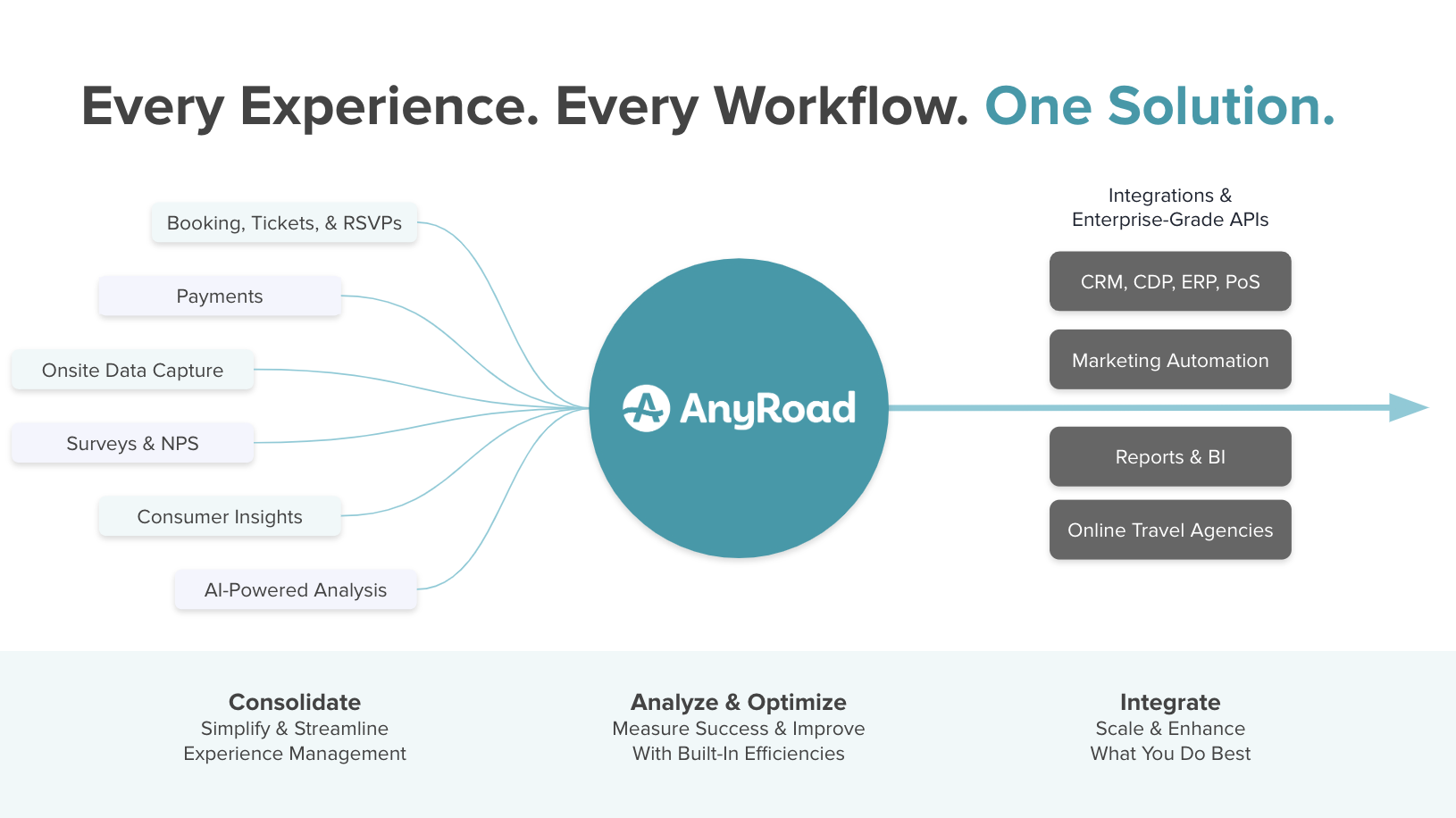What are In-Store Activations?
In-store activations are a popular marketing tactic used by brands to engage customers directly within a physical store environment. These events are typically designed to boost brand awareness, create excitement around a new product launch, and ultimately, drive sales. In-store activations can come in many different forms and sizes. For example, they might involve interactive product demonstrations, sampling opportunities, celebrity appearances, or even contests and giveaways.
In-Store Activation Benefits
Drives Sales
In-store activations are a way for retailers to engage with their customers and create an immersive experience that may not be possible online. The key is to create a memorable experience that resonates with customers and encourages them to make a purchase to bring the memory home with them.
Product Awareness
In-store activations are a fantastic tool for businesses looking to increase product awareness. They provide consumers with a hands-on experience that allows them to truly engage with a product. More than just showcasing the product, this memorable experience makes it more likely that consumers will connect and remember the product.
Customer Loyalty
In-store activations are designed to engage customers through interactive experiences, giving them a deeper appreciation for the brand and its products. By providing a positive experience, customers are more likely to return to the store and recommend the brand to others. Brands that invest in in-store activations are also able to gather valuable data on customer engagement and preferences, which can be used to tailor future offerings to better meet the needs of their audience.
In-Store Activation Examples
Sampling
Sampling in an in-store activation is a marketing strategy that has proven to be effective for businesses of all sizes. It involves offering free product samples to customers in a retail space, with the goal of increasing brand recognition and driving sales. By giving out free samples, businesses can get customers to try out their products and, hopefully, love them enough to make a purchase.
Celebrity Appearances
Celebrity appearances in in-store activations are a tactic that retailers use to drive traffic and create buzz around a brand. A celebrity appearance can increase the excitement and create a connection between the customer and the brand. These events could range from meet-and-greets and autograph signings to brand collaborations or product launches - the possibilities are endless. It's a win-win for both the brand and the celebrity as they can both reap the benefits of increased exposure and positive PR.
Contests and Giveaways
Contests and giveaways are a popular promotional tool used in in-store activations. They can be designed to engage customers, build brand awareness and drive sales. Contests typically require the customer to perform a specific action, such as filling out a form or taking a photo, to be entered into a draw for a prize. Giveaways, on the other hand, are usually free items given to customers who make a purchase or meet other predetermined requirements. Both offer an opportunity for brands to connect with their customers and build brand loyalty through positive experiences.
Product Demonstrations
Product demonstrations allow customers to experience a product firsthand and can help them make informed purchasing decisions. They engage a customer by showcasing the features and benefits of a product in an interactive and memorable way. By incorporating product demonstrations into in-store activations, brands can better connect with their customers and increase the likelihood of a sale.
In-Store Activations Frequently Asked Questions
What does In-Store Activation mean?
In-store activations are a popular marketing tactic used by brands to engage customers directly within a physical store environment like, a product demonstration or celebrity appearance.
What are in-store activation ideas?
Some in-store activation ideas can include interactive product demonstrations, sampling opportunities, celebrity appearances, or even contests and giveaways.
What are in-store activation examples?
One example of an in-store activation is the Nike basketball courts, where you can play a game against a Nike employee while wearing the brand’s sneakers.



%204.50.48%E2%80%AFp.m..png)
%2012.57.51%E2%80%AFa.m..png)